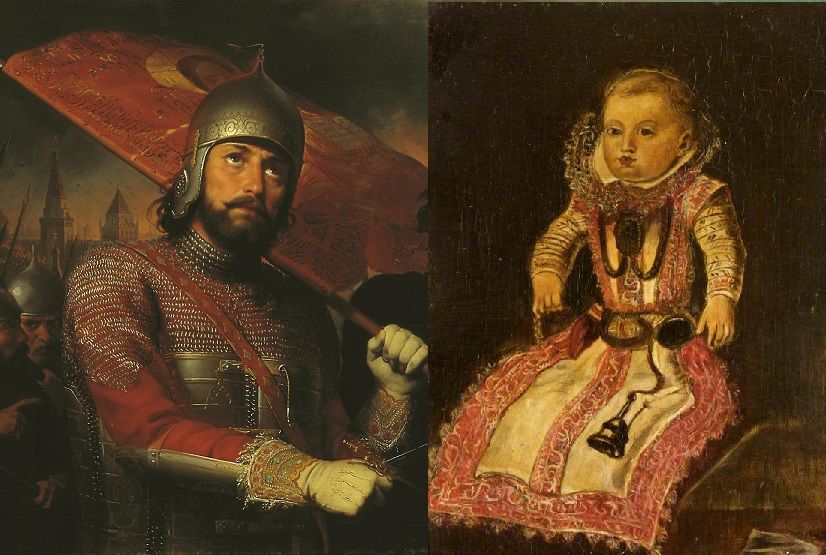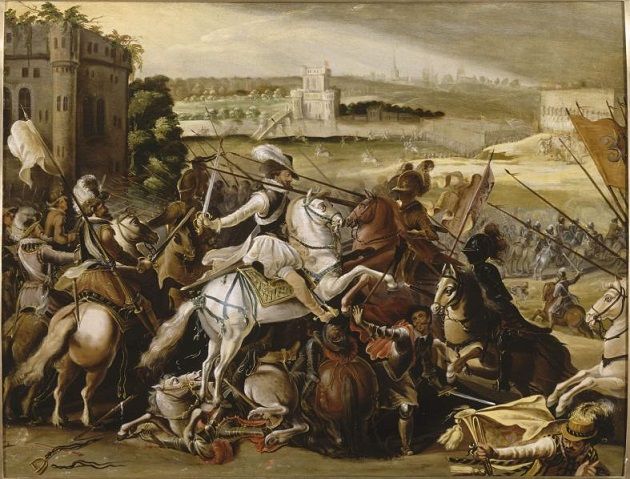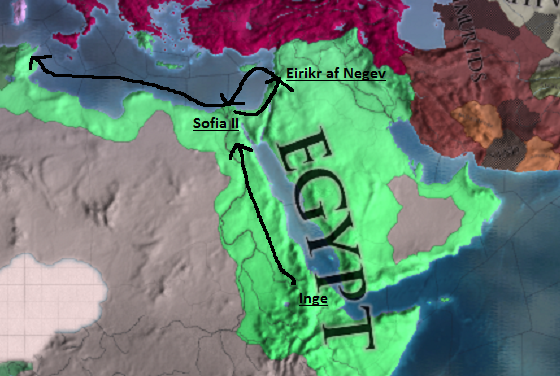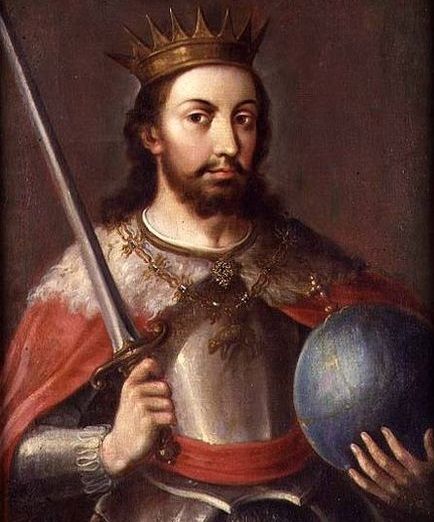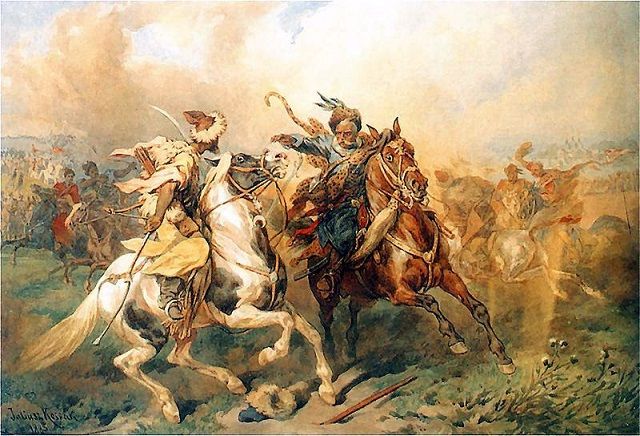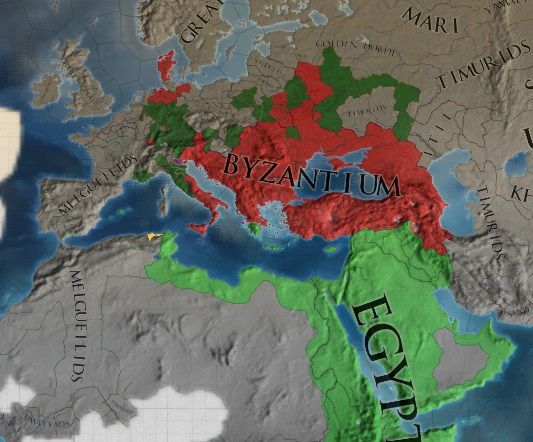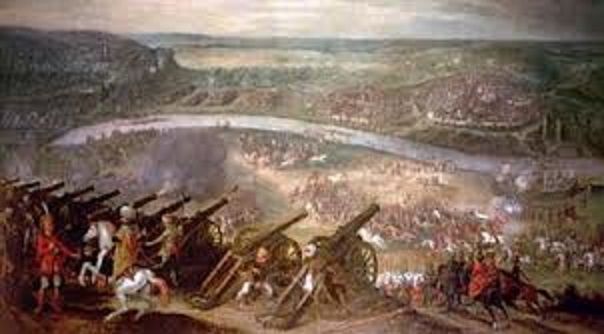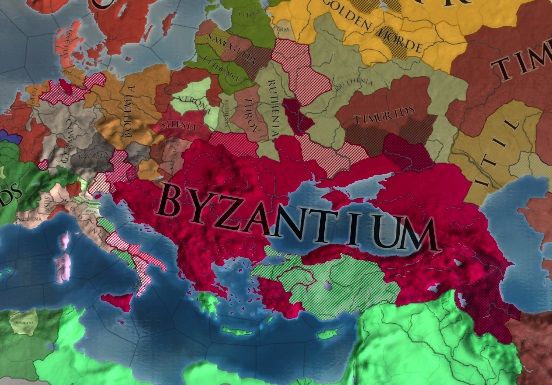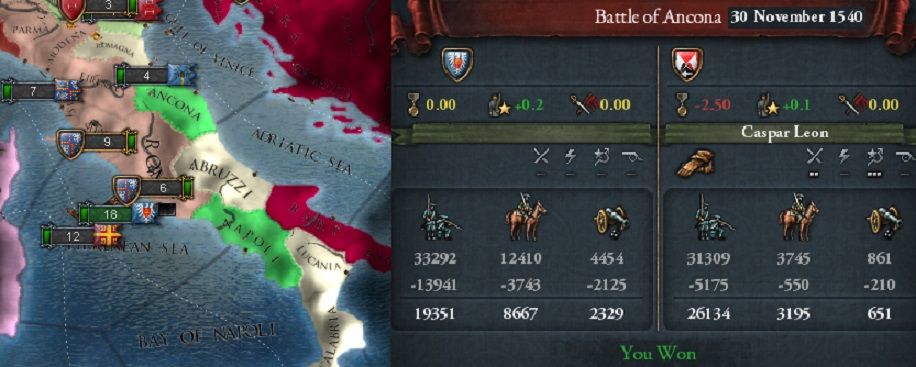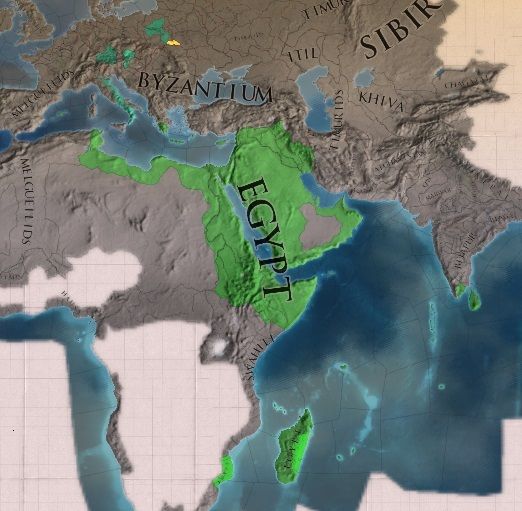Edla III, the Good, Bosdottir af Munsö
Lived: 1482-1527
Queen of Egypt, Mesopotamia, Africa, Abyssinia, Arabia and Jerusalem: 1502-1527
Archduchess of Verona: 1502-1527
Khatun of Bavaria: 1500-1515
Head of House af Munsö: 1502-1527
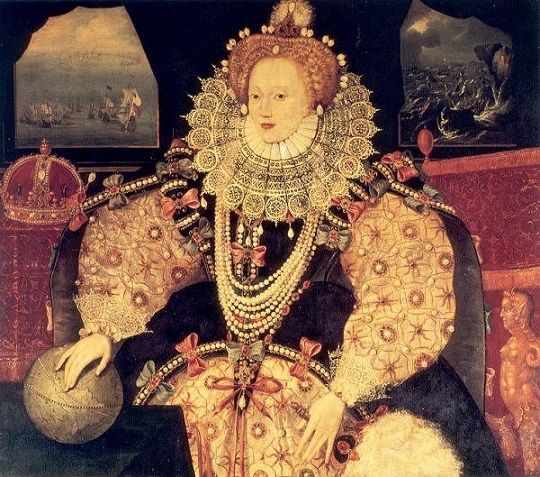
The greatest of Egypt’s line of Queens – Edla III oversaw the firm establishment of Egyptian dominion in the Indian Ocean, whilst at the same time re-involving her Empire in European affairs on a grander scale than any Egyptian monarch since the 13th century. Two years before even rising the Egyptian throne she was Khatun of Bavaria – having married the Khagan Batu IV. During their marriage Batu took up the role as the junior and subservient partner – living mostly in Cairo, allowing the line of inheritance to pass down matrilineal, meaning Edla’s children were considered to be of the House af Munsö and would inherit his Bavarian domains as well as her Empire. Moreover, the Khagan allowed Edla and her Egyptians to dominate politics in Cairo and Munich alike, seemingly unwilling to challenge his wife’s power.
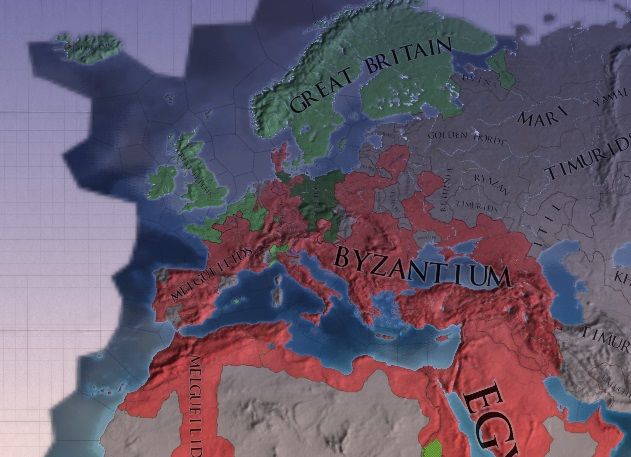
Just a few short years into Edla’s rule in Egypt the first of a great series of European wide wars that would trouble any power looking to gain dominance on the continent broke out. The War of the League of Rome was the result of continent wide fear over the growing power of the Catholics of Northern Europe. Whilst the British had expanded little since the proclamation of the Empire half a century before, the Bohemians had continued to expand rapidly, widely regarded as a British proxy, their growth had allowed to two Catholic powers to emerge as the single strongest bloc on the continent. When the British launched an invasion of Germany in 1504, an anti-British League quickly began to emerge. Initially seeking and gaining the support of the Shia, the Germans were soon also backed by their traditional Byzantine allies who launched an assault on the Bohemians, finally Modena took advantage of Britain’s troubles to invade the British possessions in Northern Italy, dragging Egypt into the conflict. At the end of the year the anti-British belligerents came together in Rome where they agreed to work in unity against Britain’s attempts to establish hegemony over the continent.
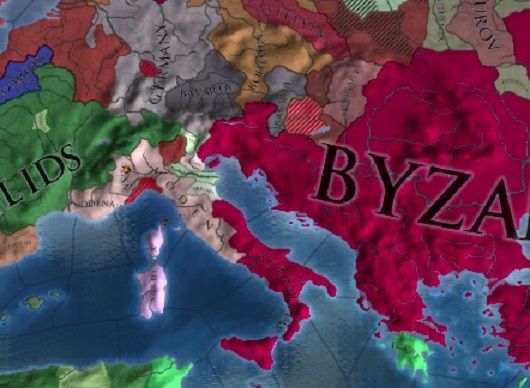
With 34,000 men being deployed from Egypt, and a further 22,000 being contributed by Bavaria and Verona Edla’s contribution to the war effort was particularly significant. Early in the war the combined fleets of the Shia, Egyptians and Byzantines were easily able to overpower the British and force them out of the Mediterranean, allowing Egypt to invest wholeheartedly in the war North of the Alps. Although fighting occurred across Italy, France, Germany and Bohemia – the main focus of the war was Germany. Initially the Anglo-Bohemians were able to overwhelm Northern Germany before advancing Southwards. Around the Alps their armies came into contact with the combined forces of the Edla’s legions, the Shia and the remainder of the Germans – facing utter destruction. With the war already turning against them by the end of 1505 the following year saw the Shia and Egyptians directly attack British territories in Lotharingia and France, whilst their captured fortress in Northern Germany were slowly retaken.
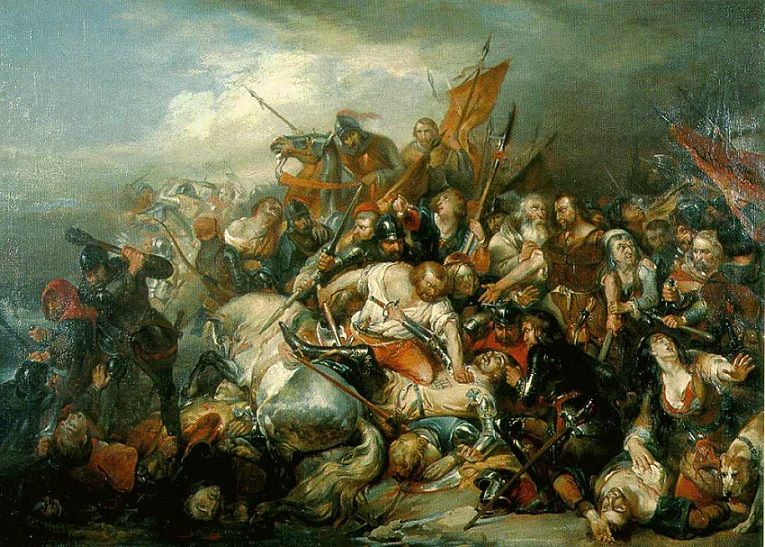
For most of Europe the war came to a close in 1507 as the Shia, Egyptians and their allies agreed to peace. Modena gained the city of Milan whilst the British were forced to withdraw from Karelia in Finland – but most importantly Bohemian power was railed in by the creation of the Kingdom of Silesia out of former Bohemian territory. The Byzantines had refused to entertain the possibility of peace when more could be won and continued the war for a further exhausting two years before making peace in exchange for minor territorial gains. Egypt’s prestige had grown immensely from involvement in the war, and that prestige was only about to grow.
In the aftermath of the War of the League of Rome Edla embarked on a largescale programme of military modernisation and expansion involving the complete overhaul of the Mediterranean Fleet, the introduction of cannon on a massive scale into the Egyptian army and the general upgrading of existing equipment.
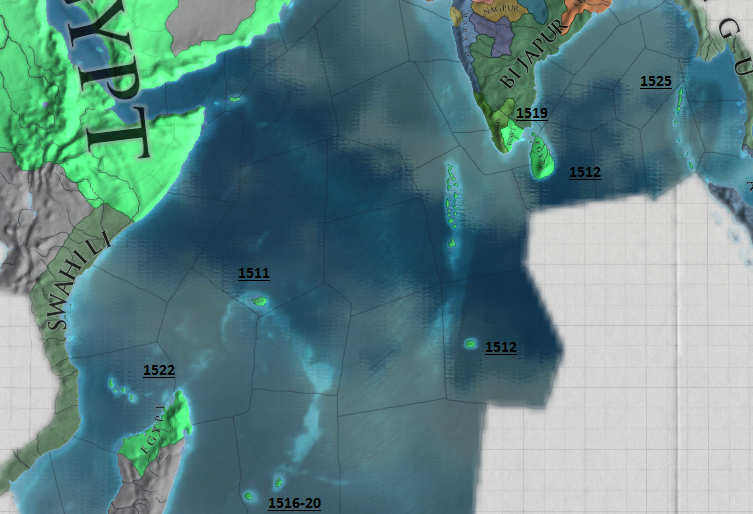
The 1510s and 20s saw Egypt’s Indian Ocean Empire bloom. Starting with the colonisation of the smaller islands of Mahe and Klas Nils (named after the famous explorer), Egypt invaded and conquered Ceylon in 1512 – bringing her power right up to the shore of India. Taking a step further in 1519 Madurai, the single largest and wealthiest city in Southern India and the primary conduit through which the regions trade flowed was captured. By the end of Edla’s reign Egypt had established a foothold on Northern Madagascar, had taken control over the rich islands to the East of Madagascar and even ruled in the Andamans in the Bay of Bengal. Egypt’s burgeoning overseas Empire was growing rapidly, but her monopoly as a colonial power would soon be broken.
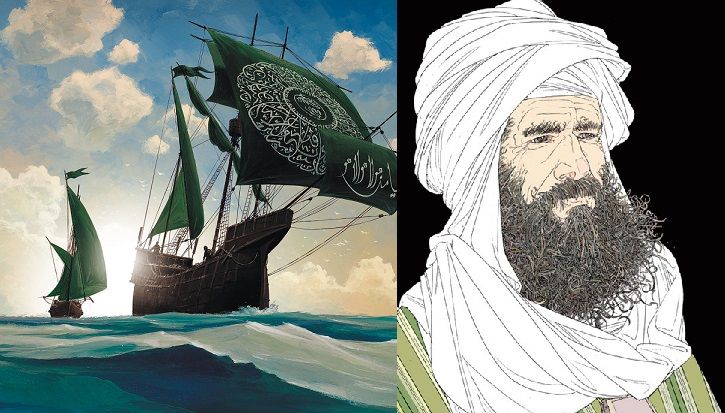
The undisputed greatest figure of the age of exploration was no Egyptian, nor even a Christian, but Hisham al-Nasser. Born in the Shia ruled French city of Bordeaux to the son of a local merchant, Hisham was fascinated by the stories of Klas Nils’ expeditions and ashamed that an Egyptian had been the first to circumnavigate Africa and not a Muslim. Indeed, the contact between the Shia Caliphate and the Muslim populations East of Europe was very shaky indeed, and relied on the goodwill of at least one of the three great Christian Empires, not to mention the fact that the Christians – especially Egypt – held a total stranglehold on East-West trade. Many Shia resented the fact that their great riches, largely mined from Sub-Saharan Africa, ended up in the hands of Christian merchants, mediating trade with their fellow Muslims in the East. Al-Nasser dreamed of restoring the Shia Caliphate as the most powerful nation on earth through a great feat of exploration – hoping to discover an alternate route to the Far East that would allow the Shia to bypass the Christians entirely.
Rather than discover an alternate route to the East, al-Nasser stumbled across a New World entirely. In his first expedition he explored the Caribbean in 1515, finding the land to be rich and free for conquest; later expeditions mapped the coastline of what would come to be known as Brazil. By Edla’s death the Shia had already begun to establish colonies in the Lesser Antilles and Brazil – the full impact of the Shia’s discovery took some decades to sink in for the Christian powers, who believed that the Shia grossly exaggerated their new discoveries. Only when the wealth began to pour back to the ports of Andalucia, France and North Africa later in the century would the Christians sit up and take notice. When Hisham al-Nasser died in 1539 he had established himself as a national hero to the Shia.
At Edla’s death in 1527, at the age of 45, Egypt had been joined in the race for worldwide supremacy by the Shia, by the middle of the century the British, as well as the once mighty Umayyad family would also emerge as colonial powers – beginning a new era of Western dominion over the entire globe. On a less grand scale, Edla’s successor – her eldest daughter by Batu Khan, Sofia – was set to be a far less successful Queen than herself. The Mongol influenced Queen was to make many enemies at court, and even threaten the very existence of the House af Munsö as the royal line.










